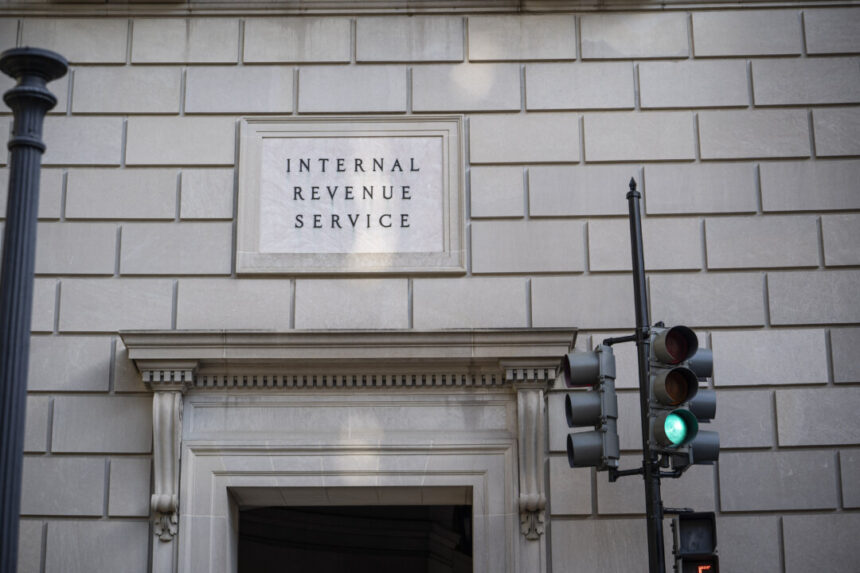The IRS and Treasury are gearing up to introduce a new initiative called the Saver’s Match, designed to enhance retirement savings for low and moderate-income Americans. This program, set to replace the current Saver’s Credit, will offer taxpayers matching contributions of up to $1,000 per year directly deposited into their retirement accounts. The aim is to provide more substantial benefits by boosting retirement savings rather than just reducing taxes owed.
To ensure the successful implementation of the Saver’s Match program, the IRS and Treasury are seeking public input. They are particularly interested in simplifying the process for claiming the matching contribution and ensuring seamless acceptance of these contributions by retirement plans and IRAs. The launch of the program is scheduled for 2027.
Key priorities for the agencies include determining eligibility criteria, distribution methods, and streamlining the claiming process for taxpayers, especially those with low incomes who may not typically file federal tax returns. Additionally, efforts are being made to encourage more retirement plans to participate voluntarily in the program to maximize its impact.
Eligibility for the Saver’s Match will closely resemble the current Saver’s Credit, with income-based phase-outs for single filers and married couples filing jointly. Income thresholds will be adjusted annually for inflation. However, certain “nonresident aliens” will be excluded from the program, a departure from the current Saver’s Credit.
Other considerations include how participants with Roth retirement accounts will handle the Saver’s Match, early withdrawal penalties, and ensuring that the program benefits those in need. Stakeholders, including taxpayers, IRA custodians, trustees, and retirement plan administrators, are encouraged to provide feedback on various aspects of the program before the comment period ends on Nov. 4.
The IRS emphasizes the importance of public input to ensure that the Saver’s Match program achieves its full potential in promoting retirement savings and improving financial security for millions of Americans. Please provide an alternate version of the text.
Source link





